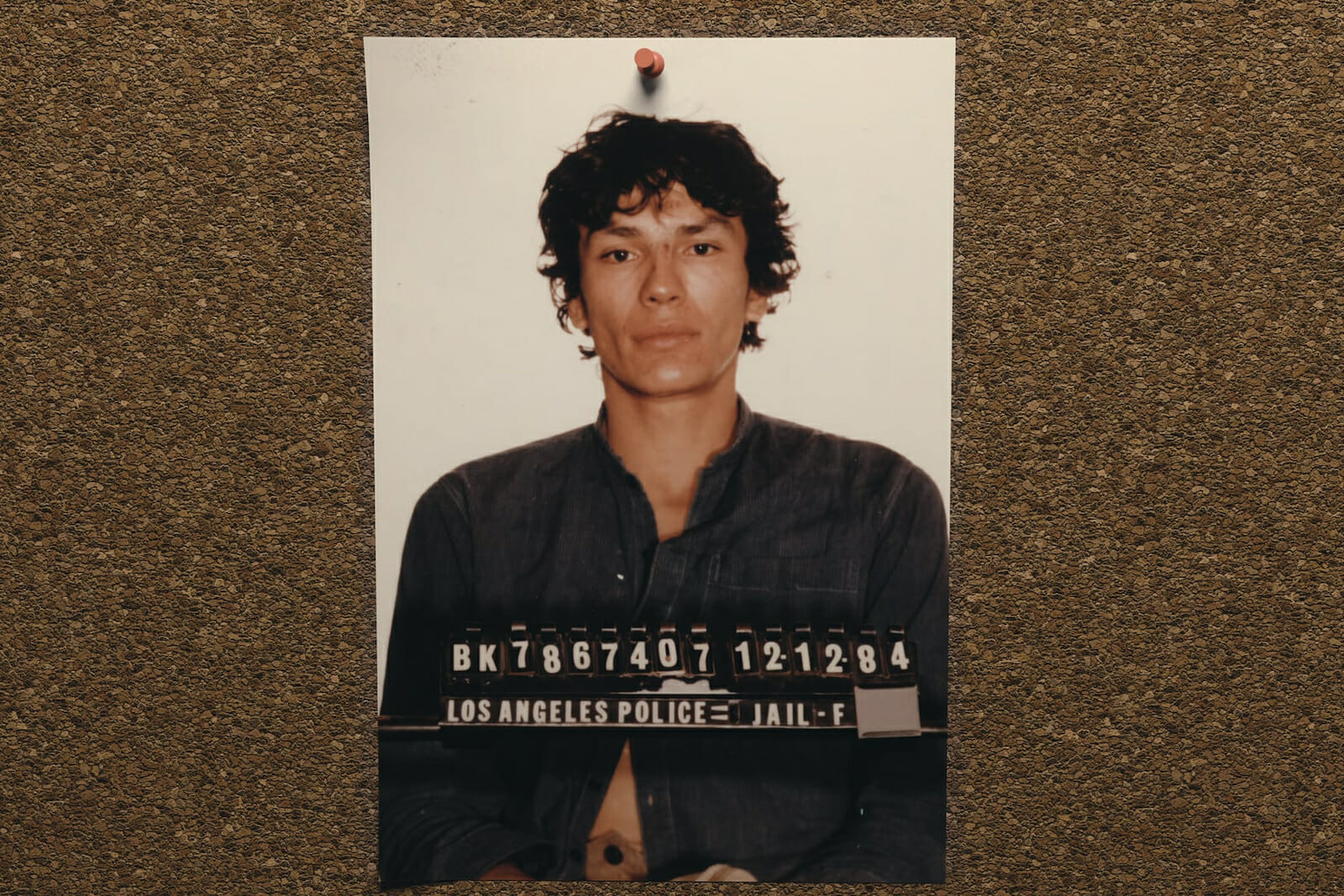
‘Night Stalker: The Hunt for a Serial Killer’ TV Review
Crime dramas are extremely popular these days, and Netflix is proving to be exceptional at producing crime docuseries. Night Stalker: The Hunt for a Serial Killer is the most haunting yet, as it focuses on a 1985 crime spree in California by one of the most notorious serial killers in history.
Tiller Russell (Producer Bernie, 2011) directs all four episodes, which provides the continuity needed with this type of project. Each of the episodes are titled: “Devil in the City of Angels,” “Anyone Could Be Next,” “Lock. Your. Doors.,” and “Manhunt,” which is accurately titled. Additionally, director Russell uses the date and number of days for story structure beginning with March 17, 1985 as “Day 1” (although the police later learned this sick individual had already been at work for months). This was 1985 and Los Angeles was at its most glamorous, while also experiencing a heatwave.
The first three episodes play like a whodunit and detailed police procedural. We meet the two lead detectives: Gil Carrillo, who was the youngest detective in the Los Angeles County Sheriff’s office, and his partner, Frank Salerno, the legendary detective who was worshipped for tracking down the Hillside Strangler (actually two cousins) in 1977. Both Carrillo and Salerno sit for interviews and recall much of what went into the case – the detective work, the many mistakes, and the luck (both good and bad). In addition, there are interviews with surviving victims, family members, and journalists to go with the significant archival footage and photographs. Rather than a high-level overview of history, this is an in-depth dive into a tough-to-solve case that had the citizens of an entire state on edge.
As Carrillo and Salerno go back over the case and tell their stories, they are re-living the frustrations of the time. There were so many loose puzzle pieces and, initially, they weren’t sure the pieces were connected. In stark contrast to most serial killer cases, there was no pattern – no consistency in the race, age, or location of the victims. The crime scenes were only similar in that no fingerprints were discovered. Even the choice of weapons varied. In other words, it was a detective’s worst nightmare.
It’s fascinating to watch as the detectives discuss how footprints were the connective piece that made them realize they were dealing with one very sick individual. The crimes committed – murder, sexual abuse, burglary, etc – were increasingly brutal, and we see many of the crime scene photographs. Even more gut-wrenching are the recollections of surviving victims and family members. It’s mind-boggling how some of these folks survived such vicious attacks.
We also hear from some of the journalists who followed the story at the time, including one who broke the cardinal rule and became part of the story. It’s the humanity of this story that sticks with us, as there is certainly no attempt to glorify this psychopath or his reign of terror. Maps are utilized to help us visualize the haphazard nature of the attacks, and we hear about the multitude of jurisdictions in the areas where the crimes were committed. It wasn’t until July 20 – Day 125 that the detectives made a specific crime public, which caused the media to create monikers, including “the Walk-in Murderer,” before settling on “Night Stalker.” With no apparent motive or pattern, shock waves of fear flooded the local communities. Episode three recaps the crimes and victims, including one near Detective Carrillo’s home and another in San Francisco. This drives a particularly galling segment featuring San Francisco’s mayor at the time, Diane Feinstein (now a U.S. Senator). Feinstein made a huge gaffe that infuriated the detectives: she released much of their evidence during a TV press conference, possibly jeopardizing the case.
It’s not until the fourth and final episode that we understand how things came together and police were able to close in on the suspect. A tip from Skid Row and a rare break with fingerprints led to the release of a mug shot. With help from the community, the suspect was ultimately captured, and things got even weirder for the trial (3½ years later). Richard Ramirez was charged with dozens of crimes, with victims ranging from age 6 to 82. In the courtroom, he flashed his palm with a pentagram and yelled, “Hail, Satan,” even while attracting his own following of groupies. Detective Salerno recalls thinking that the Hillside Strangler was a “once in a lifetime case,” and then as things started to come together on the Night Stalker, he thought, “Here we go again.”
The series features haunting, lasting images and a horror that most of us can’t even imagine. Richard Ramirez is the face and embodiment of pure evil, the likes of which we can’t fathom. He created fear and destroyed lives in unspeakable ways before being apprehended and sentenced to death row. Writer Philip Carlo later interviewed Ramirez, and some of those recordings are heard throughout the series. Dedicated Law Enforcement officers like Carrillo and Salerno are remarkable people committed to ensuring most of us can sleep well at night, and that the evil work of psychopaths is stopped as quickly as possible. Even though I vividly remember the time of the Night Stalker, this series will stick with me for a while. It’s not for the faint of heart, but it’s exceptionally well done.
Night Stalker: The Hunt for a Serial Killer is available on Netflix.

